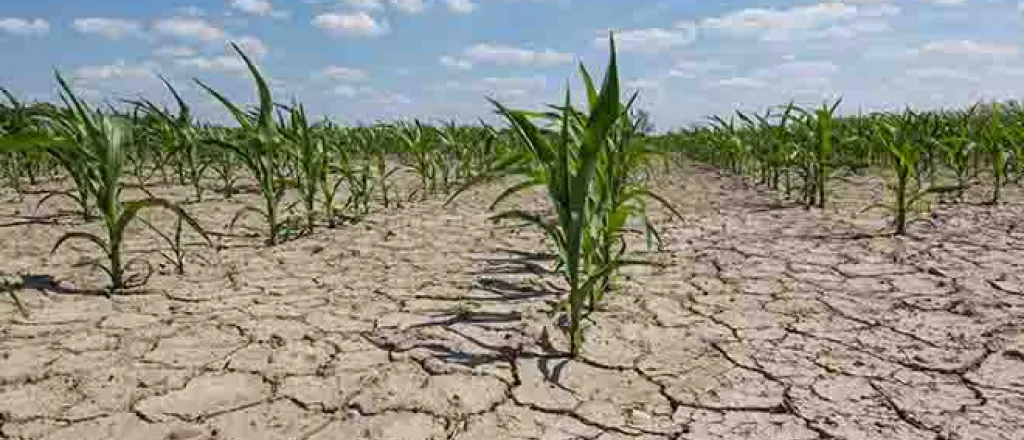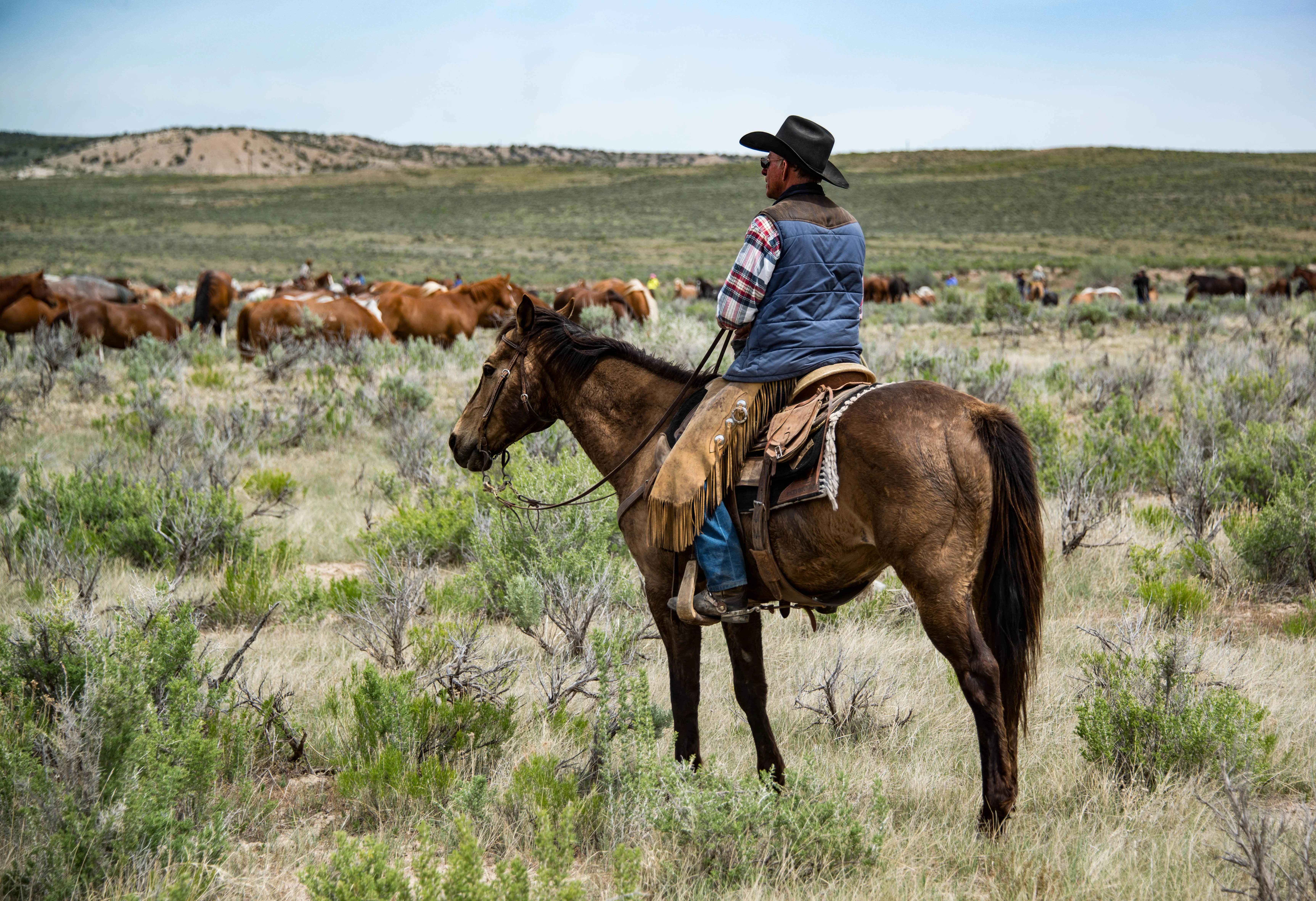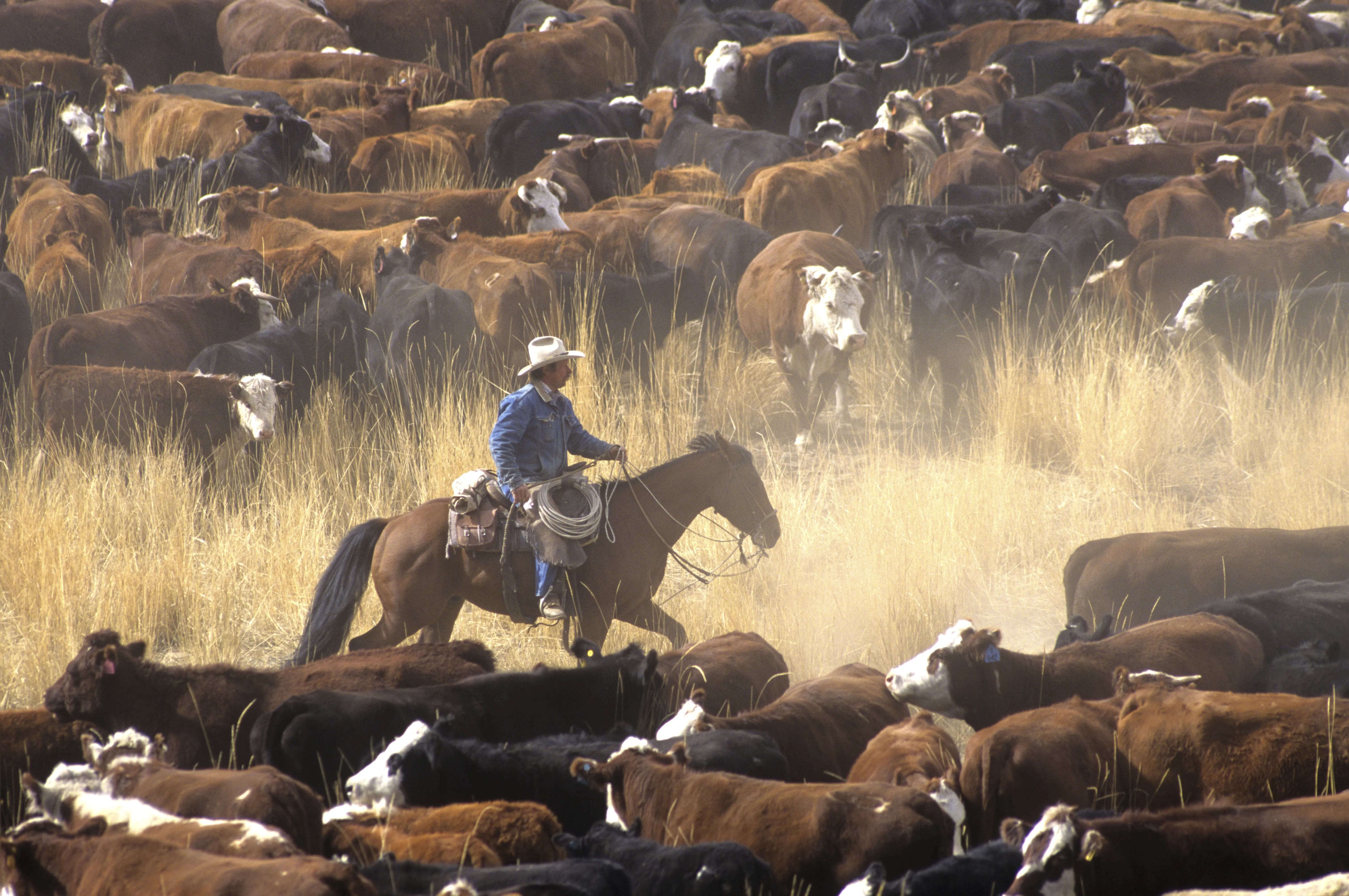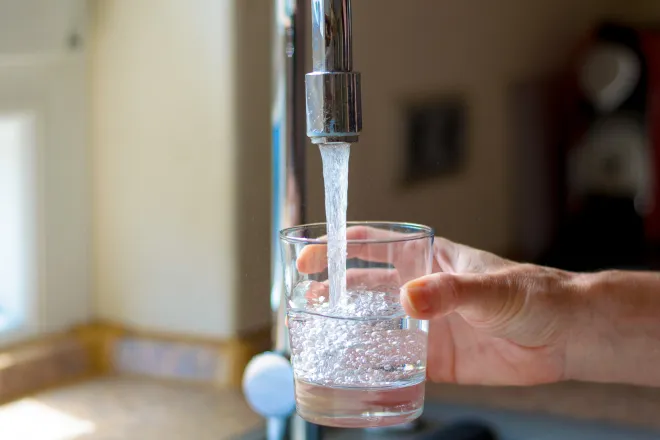
Iowa drought plan uses history to predict future
(Iowa News Service) Iowa has developed its first-ever plan to predict drought before it happens. Officials said it is designed to mitigate the effects of the drought by planning for it, while helping the state manage the water it needs for human consumption, agricultural and industrial uses.
Unlike other states mandating water restrictions in the face of a drought, Iowa is measuring the effects of the current weather patterns to predict what can happen in the future based on the data, and avert the effects of drought on the front end.
Keith Schilling, Iowa state geologist, said the data will help put cities, towns, and farmers in a better position to manage what is sure to come.
"It's inevitable. We know we get droughts periodically here in Iowa," Schilling pointed out. "Because you know it's coming, start talking about who gets the water, where do we get the water, so we begin to allocate things differently, we begin to think about conservation and implement that as drought gets more severe."
As part pf the plan, researchers aim to put drought-monitoring stations in all of Iowa's 99 counties, so the data is more reliable and less sporadic, which could cost as much as a million dollars.
In addition to measuring soil moisture and rainfall as part of the drought-monitoring plan, Schilling explained scientists will pay particular attention to Iowa's streams as barometers of the future, based on clues they offer about the distant past.
"And the nice thing about streams is that there's a long history of stream flow measurements in Iowa," Schilling emphasized. "We can use that long history to say, 'Well, how did the streams respond in the 1930s drought or the 1950s drought' and so forth. And so we have this measure of an historical response that we can take today and say, 'Well, how does it compare in history?'"
The U.S. Drought Monitor uses information Iowa supplies from its data stations to report on drought severity, and Schilling added its reports are only as good as the data Iowa supplies, which is why getting stations statewide is a critical part of the new drought plan.
















